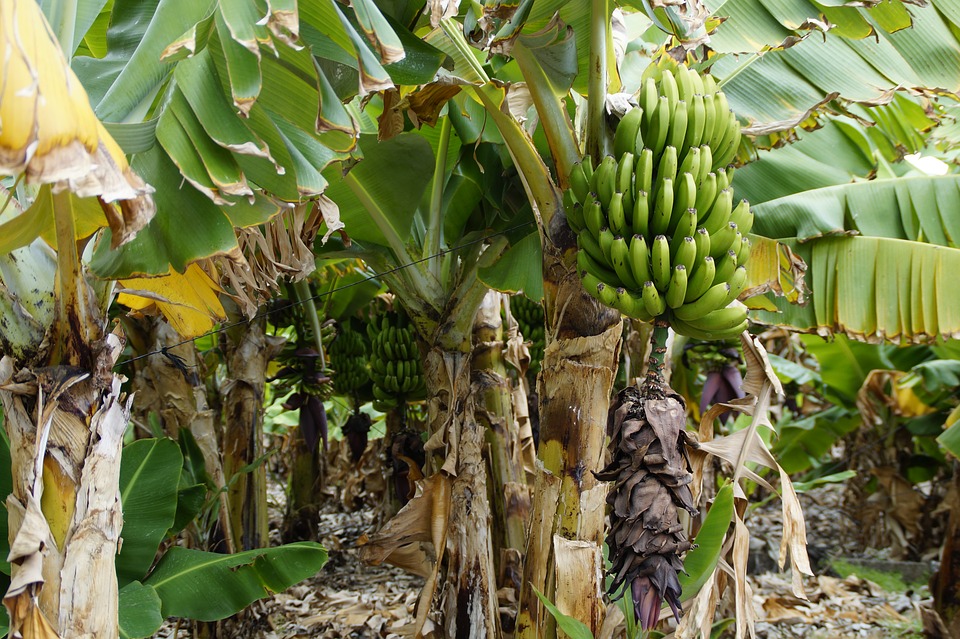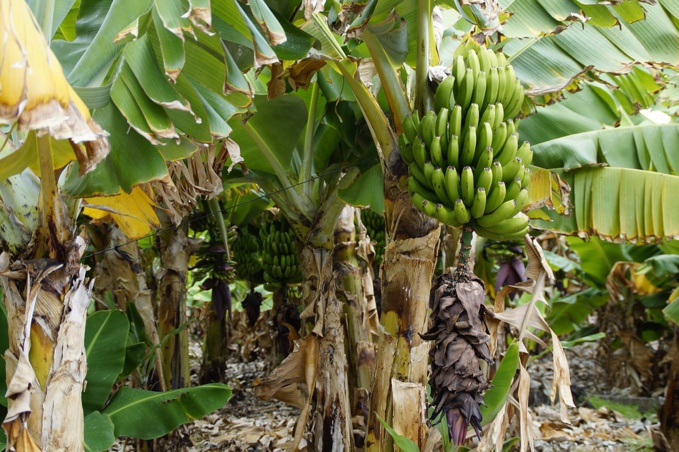Two years ago, The Wall Street Journal (WSJ) wrote that a dangerous fungal disease that was spreading around the planet and systematically killing plants had already affected more than 30% of Asian and Australian banana plantations. Later, the disease made its way to Africa and the Middle East. This has become possible due to the fact that the Cavendish has no seeds: the plant reproduces vegetatively, therefore it is unstable to the disease. Once affected by the fungus, it ceases to bear fruit. The disease also affects lesser-known varieties of the plant but is not dangerous for humans.
This time, the fungus was noticed in Colombia. The first case of infection was recorded in June in the north-east of the country, writes FT with reference to the Colombian Institute of Agriculture and Fisheries (ICA). The institute declared a state of emergency in the country due to penetration of the disease: sanitary control was introduced at all ports, and airports and border points has been enhanced in the country. The ICA reported destruction of plants within an area covering almost 170 hectares of quarantine plantations to contain the disease.
Banana export is one of the main sources of income for many Latin American countries. If the fungus reached Latin America and the Caribbean, it could cost the region's industry billions of dollars, WSJ estimated earlier. Colombia is the fourth largest banana exporter in the world after Ecuador (25% of global shipments), Costa Rica and Guatemala. In addition, bananas are the basis of Colombian agricultural exports. If the fungus destroys the Cavendish banana plantations in Latin America, no international fruit suppliers will be able to replace it.
Government organizations and institutions from around the world are spending millions of dollars to develop and search for a new sort of banana as popular as the Cavendish. In particular, they are trying to develop a new disease-resistant variety that will be tasty and of high quality, like the Cavendish, writes FT. This is expected to take at least 5-6 years.
Before Cavendish, Gros Michel was the most popular variety among the buyer, recalls FT. Back in the 1950s another fungus completely destroyed it, which almost bankrupted the industry. Fortunately, then the Cavendish saved the situation.
source: ft.com, wsj.com
This time, the fungus was noticed in Colombia. The first case of infection was recorded in June in the north-east of the country, writes FT with reference to the Colombian Institute of Agriculture and Fisheries (ICA). The institute declared a state of emergency in the country due to penetration of the disease: sanitary control was introduced at all ports, and airports and border points has been enhanced in the country. The ICA reported destruction of plants within an area covering almost 170 hectares of quarantine plantations to contain the disease.
Banana export is one of the main sources of income for many Latin American countries. If the fungus reached Latin America and the Caribbean, it could cost the region's industry billions of dollars, WSJ estimated earlier. Colombia is the fourth largest banana exporter in the world after Ecuador (25% of global shipments), Costa Rica and Guatemala. In addition, bananas are the basis of Colombian agricultural exports. If the fungus destroys the Cavendish banana plantations in Latin America, no international fruit suppliers will be able to replace it.
Government organizations and institutions from around the world are spending millions of dollars to develop and search for a new sort of banana as popular as the Cavendish. In particular, they are trying to develop a new disease-resistant variety that will be tasty and of high quality, like the Cavendish, writes FT. This is expected to take at least 5-6 years.
Before Cavendish, Gros Michel was the most popular variety among the buyer, recalls FT. Back in the 1950s another fungus completely destroyed it, which almost bankrupted the industry. Fortunately, then the Cavendish saved the situation.
source: ft.com, wsj.com



















